Table of Contents
ToggleBones, Calcium, and the Need for Weights
Osteoporosis is a concern for anyone over the age of 50. This is especially true for pre and post-menopausal women as bone density begins to sharply decline. We’re going to discuss why this is the case, what’s going to help keep your bones strong, and how to become more injury resistant into later life.
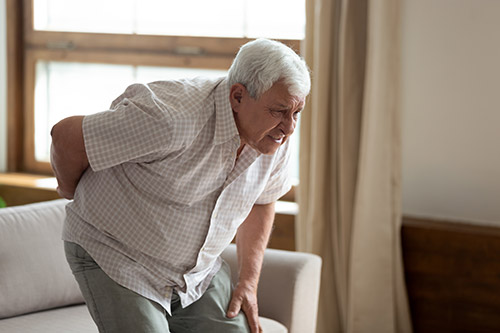
Bone Density
Bone density refers to the amount of calcium and phosphorus within your bone tissue, and can have some serious health effects. Specifically, women over the age of 50 are most at risk for declining bone density and are at risk of fragility fractures and other breaks. Bone density tests are the main form of preventative measurement for osteoporosis as well as diagnosing bone disorders like osteopenia. Information from the test can be crucial for preventing these conditions as well as regular physical training and a proper diet. Postmenopausal women may include certain interventions such as increasing calcium intake and participating in weight bearing exercise to fight against declining bone density.
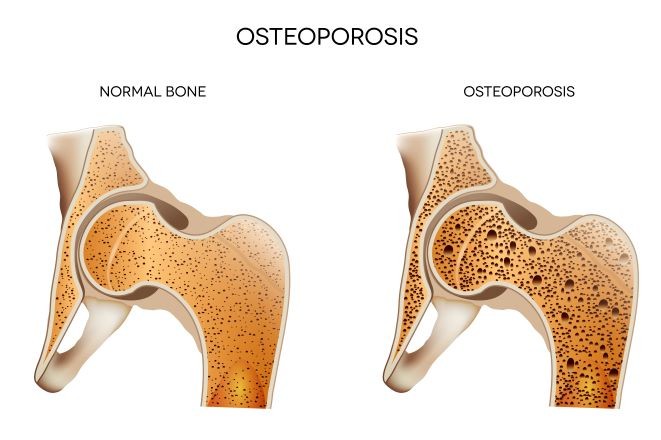
Muscle Mass
Low muscle mass is also linked to a higher risk of osteoporosis and can affect both men and women (but specifically older adults). Once again loaded physical training, protein consumption, and adequate vitamin D intake are key for prevention of sarcopenia (loss of muscle mass) and osteoporosis. These two conditions tend to present together as well as your muscle and bone health are closely connected. Men and women over 50 should consult their doctor if they tend to live a sedentary lifestyle or have worries about these conditions, and it’s never a bad idea to introduce strength training to your lifestyle.
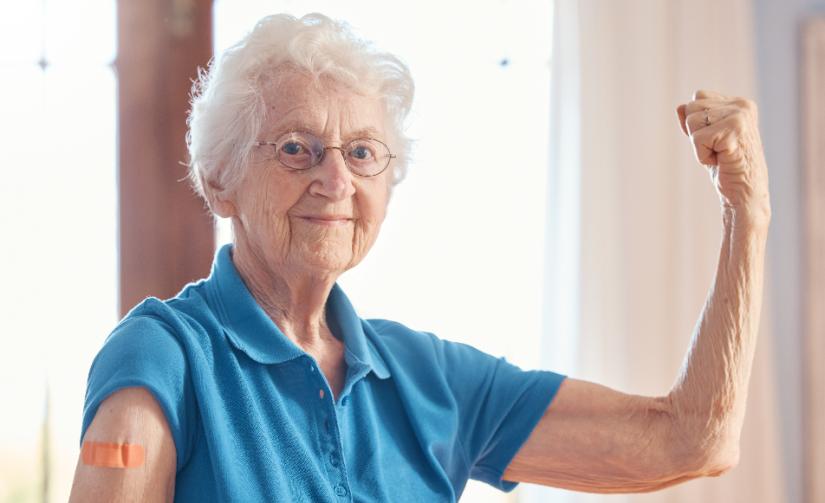
Cardiovascular Health
Though not as directly linked, improving your cardio can help many of the common factors between heart disease and osteoporosis. These two conditions also share a number of health markers such as inflammation and the balance of calcium and phosphate in the body. Managing these conditions together through exercise which elevates your heart rate and proper nutrition can lead to significantly improved health markers and quality of life, especially for older women who are most at risk.
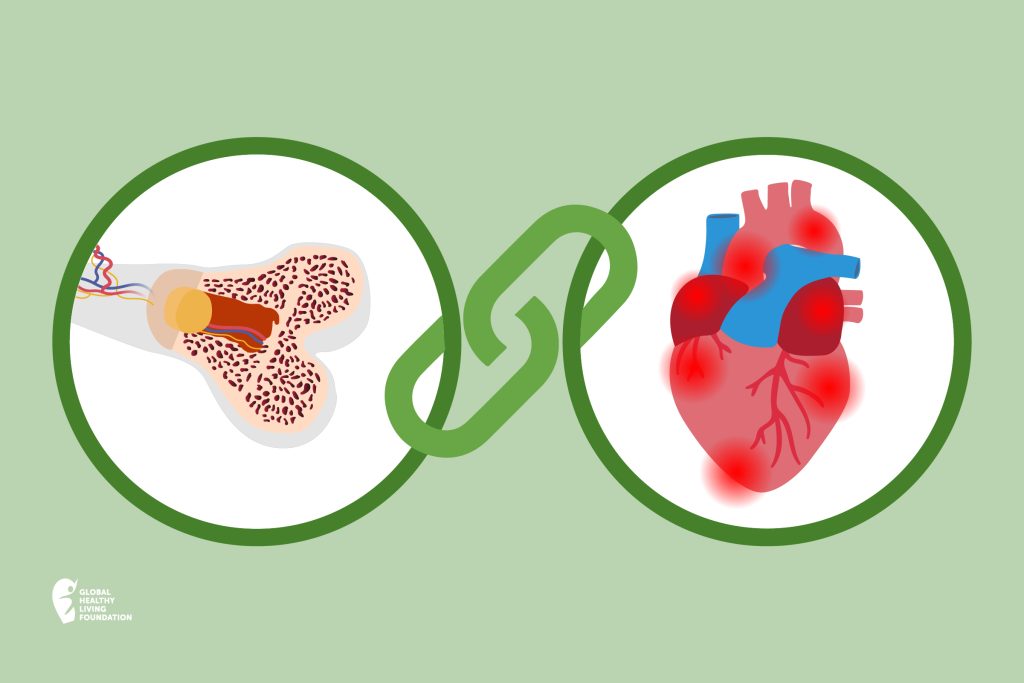
Lifting Safety
Finally, the most important aspect of beginning to strength train is having proper instruction both to give you the best workout but also to reduce injury risk in the gym. Unfortunately the most at risk people for osteoporosis heavily overlap with people who have little strength training experience. This inexperience can make it more difficult to start training and make you feel intimidated when just beginning. Finding a good environment is key, and here at Progressive Performance we see the power of proper guidance to bring men and women to better health who may never have stuck with a gym otherwise.

Stronger Bones for a Better Life
The clear trends we see regarding osteoporosis are the need for a good diet and strength training in everyone’s routine. This is extra important for pre and postmenopausal women as well as older adults generally as these groups are most at risk for bone density loss, muscle loss, and risk of fracture. If you’ve been putting off trying out a gym take this article as a push to get your bone density measured and we strongly recommend trying out strength training somewhere near you!
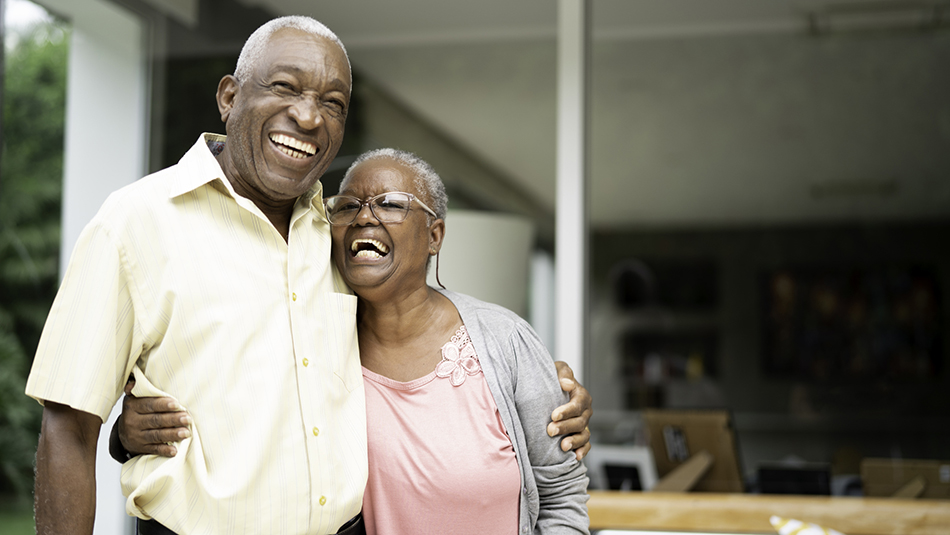
Here are 3 other articles to improve your fitness:
Five Steps to Building an Amazing Squat



